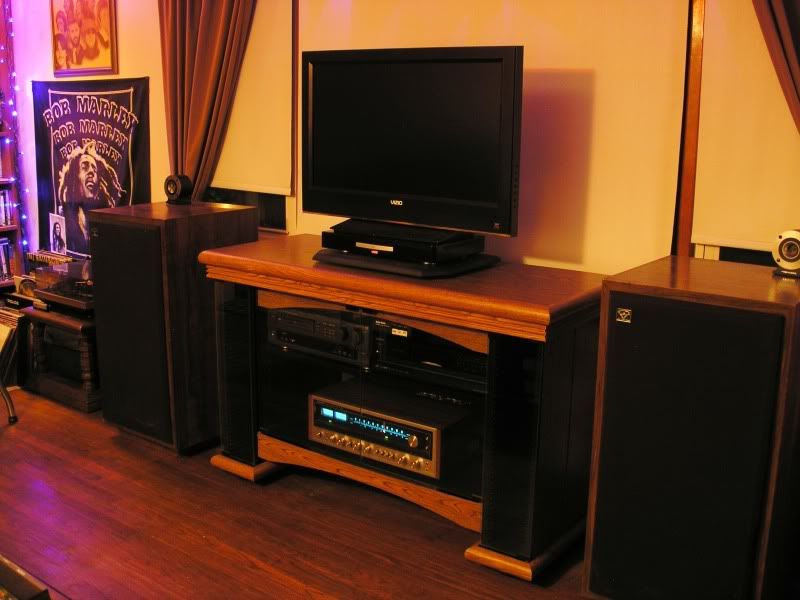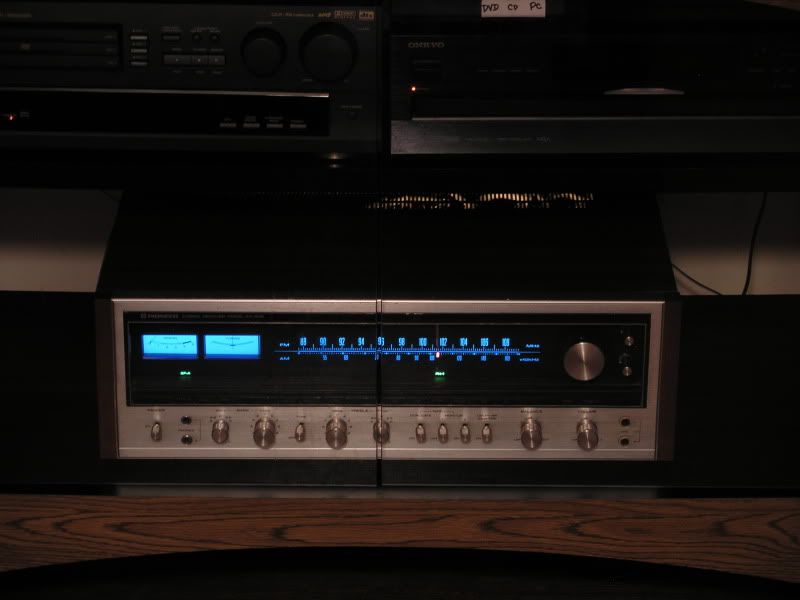kcmoejoe
Active Member
No mention made of power supply work, relay runs off of +35v, pin 5 of power supply - it could be falling down on the job. Q3 through R18 (33 ohms) drives it = watch the +35 or check it when it goes into protection.
Q3 is a itty bitty 2sc1318, a
512-KSC2690AYS to-126 ecb 120/a160 1.2a 20w 155mhz 35-320hfe $0.40
may be more appropriate to the situation.
also check the -13v and the 7.5v AC to see if they is still there while it is in protection.
sorry about the mix up about what had been done and if any frustration showed through it is about non AK matters and sorry if it got loose.
no problems Mark, I understand you really got your plate full as of late.
ok, when I turn it on now I get the click at about 3-5 sec. and I'm getting 33.7v and then after a awhile it trips and it jumps up to 35v and then back to 33.7v
Should I change it out anyway? what about Q2? it looks like another 2sc1318?
also, where do I check the -13v and 7.5v AC ?





